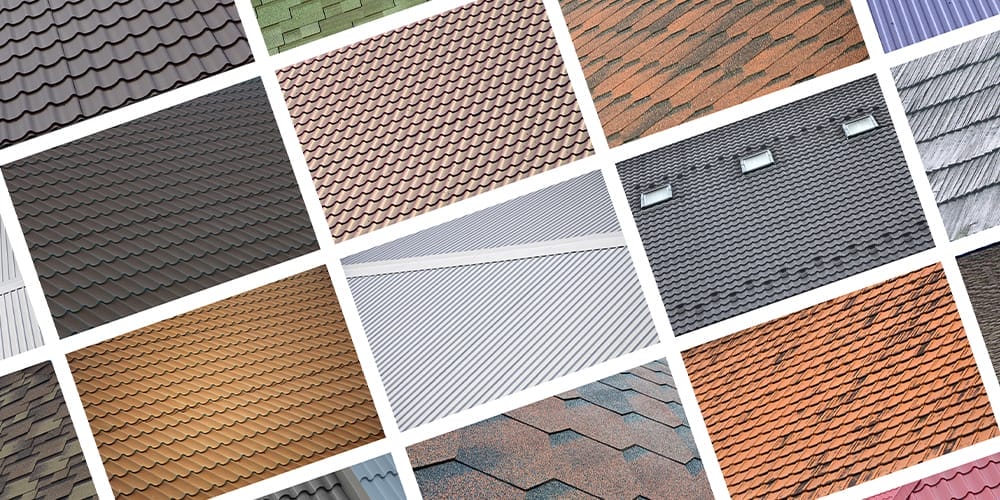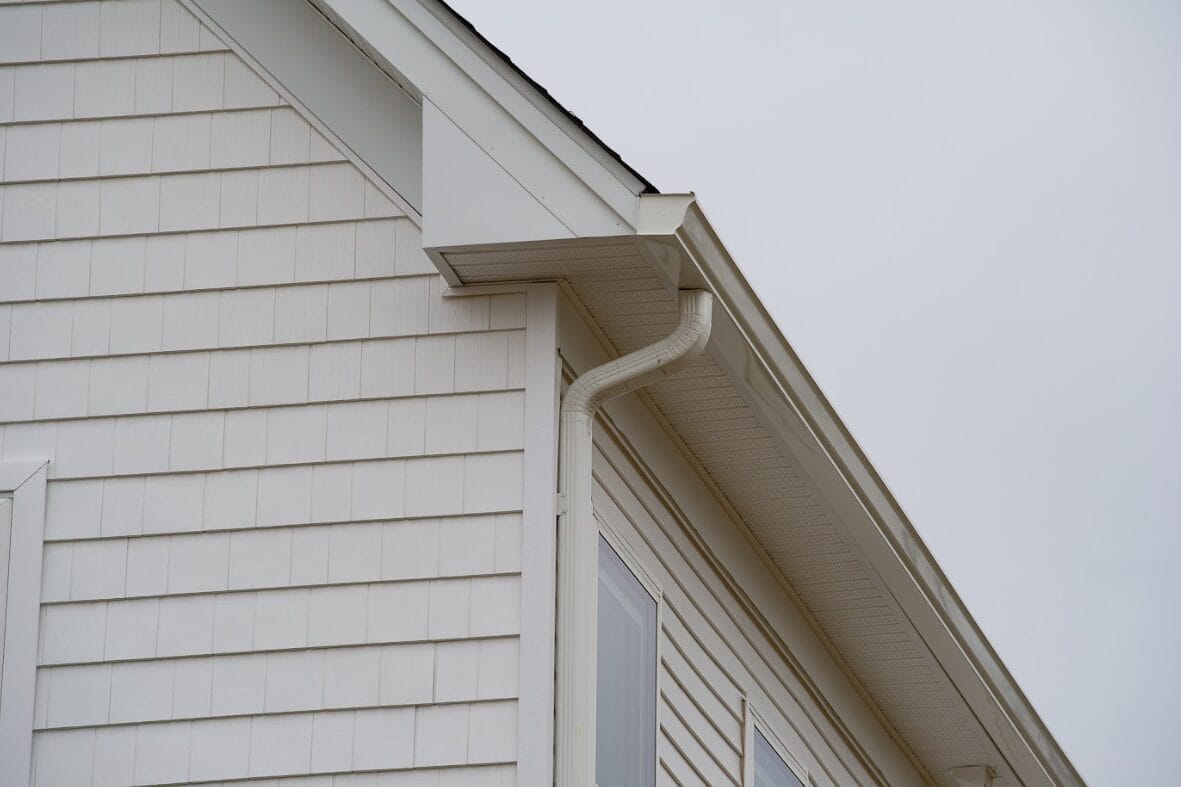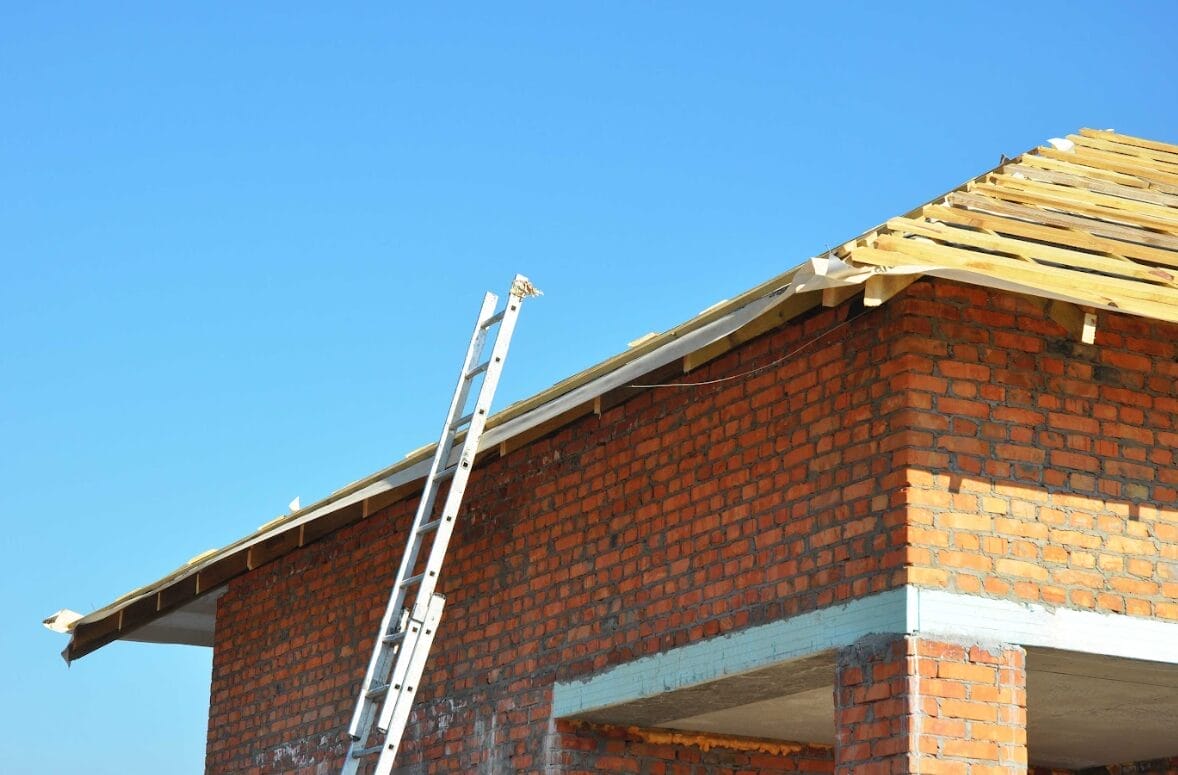Choosing the right roofing material is a crucial decision for homeowners. With a wide range of options available, it’s essential to understand the characteristics, benefits, and drawbacks of each. In this comprehensive guide, we will explore the most popular roofing material options, including asphalt shingles, metal roofing, slate, clay or concrete tiles, wood shakes or shingles, and synthetic materials. By delving deeper into each category, you’ll gain valuable insights to help you make an informed choice for your home.
Asphalt Shingles:
When it comes to asphalt shingle roofs, there are various options to consider. The most economical choice is 3-tab asphalt shingles, which offer a uniform look and easy installation but have a shorter lifespan. Architectural asphalt shingles, on the other hand, provide enhanced aesthetics, durability, and resistance to wind uplift. They come in a textured appearance that mimics wood or slate and are recommended for roof replacements. For a premium option, designer asphalt shingles emulate the look of high-end materials like cedar shakes, slate, or tile. They offer a wide variety of styles, colors, and shapes to enhance the curb appeal of your home.
Metal Roofing:
Metal roofing has gained popularity for its durability, longevity, and energy efficiency. Available in materials such as steel, aluminum, and copper, metal roofs offer exceptional resistance to fire, wind, and impact. They reflect sunlight, reducing cooling costs, and can last 40-70 years or more. The initial cost may be higher, but the long-term benefits make it a worthwhile investment.
Slate:
Slate roofing provides a timeless, elegant appearance that enhances the curb appeal of any home. Known for its longevity, slate can last well over a century when properly installed and maintained. It offers excellent resistance to fire, is virtually maintenance-free, and comes in a variety of natural colors. However, the high cost, weight, and requirement for specialized installation make it a premium option.
Clay or Concrete Tiles:
Clay or concrete tiles deliver a distinct aesthetic appeal and exceptional durability. They resist fire, insects, and rot, and are available in an array of styles and colors. These tiles have a long lifespan, low maintenance requirements, and provide excellent insulation. However, they are heavy, requiring sturdy roof structures, and can be more expensive than other materials.
Wood Shakes or Shingles:
Wood shakes or shingles offer a rustic, natural charm to homes. Made from materials like cedar or redwood, they provide good insulation and are visually appealing. However, wood roofing requires regular maintenance, as it is susceptible to rot, insects, and fire (unless treated). The upfront cost and higher maintenance make it a consideration for those seeking a specific aesthetic.
Synthetic Roofing Materials:
Synthetic materials, such as synthetic slate or composite shingles, replicate the look of natural materials while offering added durability and lower maintenance. They are lightweight, making them suitable for various roof structures, and often come with longer warranties. Synthetic options can be cost-effective, energy-efficient, and provide resistance to weathering, but they may not offer the same authenticity as natural materials.
Selecting the right roofing material involves weighing factors such as cost, durability, aesthetics, maintenance requirements, and regional considerations. Asphalt shingles provide an affordable and versatile option, while metal roofing offers exceptional durability and energy efficiency. Slate and clay or concrete tiles offer elegance and longevity, albeit at a higher cost. Wood shakes or shingles provide a rustic appeal but require regular maintenance. Synthetic materials strike a balance between affordability and durability. By understanding the characteristics and trade-offs of each option, you can make an informed decision that aligns with your budget, style preferences, and long-term goals for your home. Consult with roofing professionals to assess your specific needs and find the roofing material that best suits your requirements.




